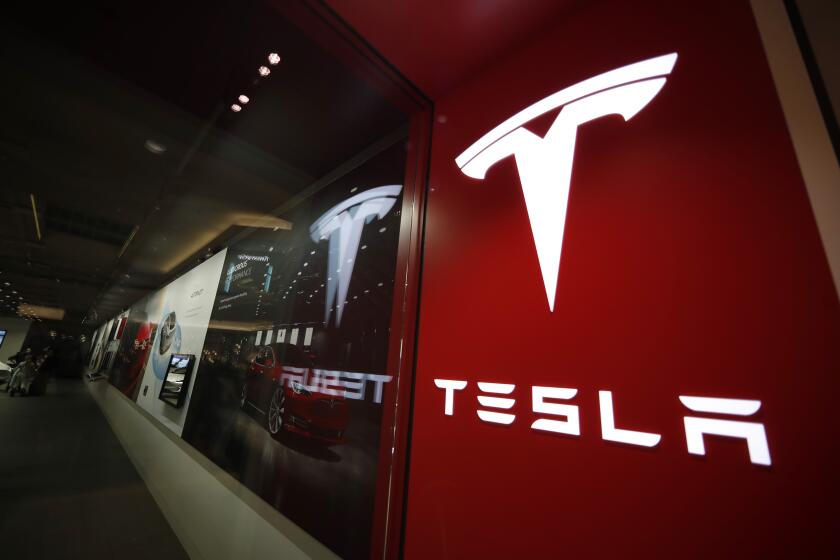Detroit 2008: Concept cars
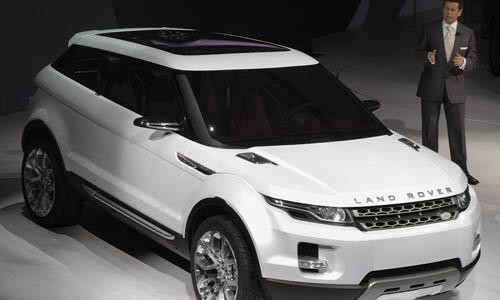
2008 North American International Auto Show: Concept Cars
By John Clor
Special to the Los Angeles Times
Detroits yearly auto extravaganza provides the ideal backdrop for the major car companies to show off their most innovative new design concepts. Although these showpieces may never actually see an assembly line, their form and function reflect things to come in the automakers product plans.
Land Rover LRX
The LRX is a concept vehicle clearly aimed at fans of the entry-level Freelander three-door small utility that Land Rover dropped last year to make room for the ritzy five-door LR2. Rumor had it that the LRX had won production approval for 2009 before brand owner Ford Motor Co. put Land Rover up for sale. But this little Rover is more a high-tech test bed than any mere replacement vehicle.
This concept is motivated by a hybrid powertrain that teams a low-emission 2.0-liter turbo-diesel with a lithium-ion battery pack able to return better fuel economy than any other SUV in the world. Yet the LRX still boasts full-time four-wheel drive and an array of new features and the typical Land Rover amenities. But at this point, the green light for an LRX is all up to product planners, whoever they may be. (Bill Pugliano/ Getty Images)
Detroits yearly auto extravaganza provides the ideal backdrop for the major car companies to show off their most innovative new design concepts. Although these showpieces may never actually see an assembly line, their form and function reflect things to come in the automakers product plans.
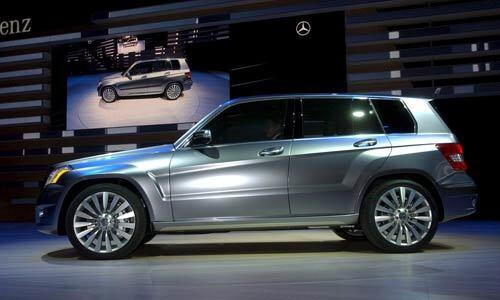
Mercedes-Benz Vision GLK Freeside
This new little GLK-Class ute -- shown in concept form as an upcoming Mercedes competitor for BMWs X3 and Land Rovers LR2 small premium utilities -- is expected to debut this fall as a 2009 model.
Borrowing the boxy look from the big G-Wagon, the Vision GLK concept touts an environmentally friendly Bluetec 2.2-liter, four-cylinder diesel engine and seven-speed automatic, along with a new 4Matic drive system. Mercedes plans to make the diesel available in the U.S., along with a gasoline V-6. (Charlie Cortez / EPA)
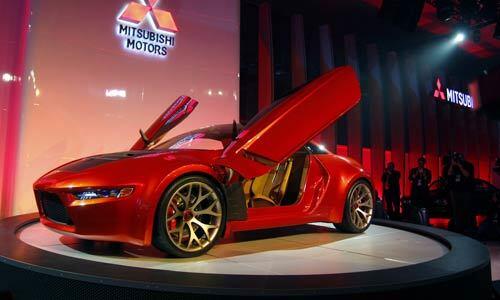
Mitsubishi Concept-RA
Is a high-performance coupe thats as green as it is mean simply an oxymoron? Not if its the Mitsubishi Concept-RA, which many folks believe would make a great next-generation Eclipse. A high-tech turbo and direct fuel injection help the RAs 2.2-liter four-cylinder engine top 200 horsepower yet meet strict emission standards.
Better still, the shapely, lightweight body panels are made of recyclable plastic and mounted to an aluminum space frame. Helping it all stick to the road is super all-wheel control, Mitsubishis next-gen AWD system, which mates traction and stability control with active damping and steering systems. Next Eclipse or not, the Concept-RA is one cool two-seater. (Bryan Mitchell / Getty Images)
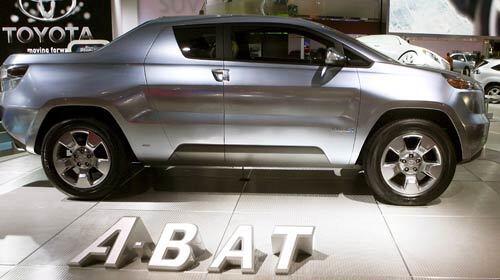
Toyota A-BAT
Bringing a much-needed rethink to the left-for-dead small pickup segment is the A-BAT concept, a hybrid-powered mini-truck design exercise from Toyota. The A-BAT -- for advanced breakthrough aero truck -- looks something like a downsized Honda Ridgeline from outer space. The unibody design features a 4-foot bed that can be expanded to a 6-footer by dropping the midgate, as well as a handy pullout underbed drawer.
Although some may consider Toyotas concept too much of a stretch for production, theres something to be said for a small, light hauler that combines hybrid fuel economy with expressive styling and the utility of a Swiss Army knife. (Bernd Weissbrod / EPA)
Advertisement

Lincoln MKT
First there was the Lincoln Zephyr -- or MKZ, as it was renamed; then the MKX, with the X referring to crossover, as in a Lincoln version of Fords Edge. Next we heard of the upcoming Lincoln MKS, with the S referring to a luxury sedan. Now its the Lincoln MKT, as in grand touring.
Although the stylish MKT was presented as a glamorous four-seat concept based on the new Ford Flex people mover, it may actually come to market as a seven-passenger luxury tourer. And its even eco-friendly, with synthetic resin body panels made of recycled bottles and a flex-fuel V-6 that makes 415 horsepower, thanks to Fords new EcoBoost direct-injection twin-turbo system. (Geoff Robins / Getty Images)
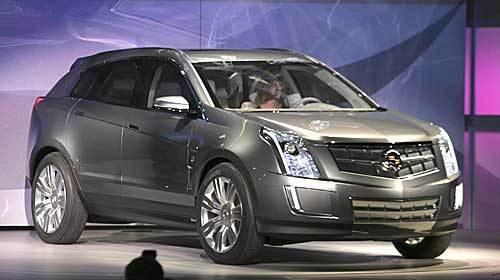
Cadillac Provoq
Billed as General Motors’ vision for the future of luxury transportation, the Cadillac Provoq concept hints at an upcoming five-seat crossover that will debut with a V-6 but will later probably showcase all-new propulsion technology. In concept form, the Provoq boasts an electric drive system powered by a hydrogen fuel cell that delivers a 300-mile range, with the tailpipe emitting only water vapor.
GM engineers aim to add the worlds first mass-produced hydrogen fuel-cell powertrain to the companys history of innovations, along with the first electric starter and automatic transmission. (Jerry Mendoza / Associated Press)
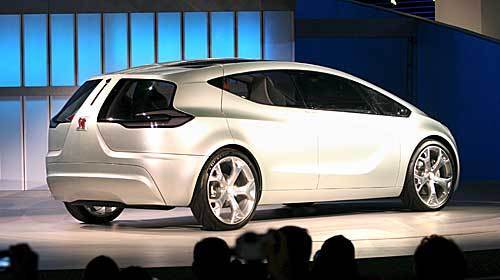
Saturn Flextreme
The star of General Motors’ new E-Flex hybrid system is the Flextreme concept, which was co-developed by GMs Saturn and Opel brand engineering teams. The E-Flex unit uses lithium-ion batteries hooked to a 1.3-liter turbo-diesel engine as a range extender.
The result is a versatile small utility employing conventional front, right-hinged rear and gull-wing cargo doors while delivering about 34 miles of all-electric driving with zero emissions. Flextreme is just one of several GM hybrid systems vying for production consideration in the next three years. (Rob Widdis / EPA)
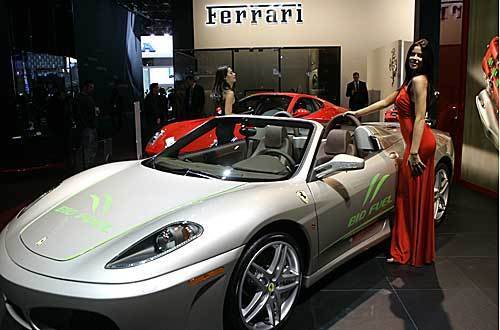
Ferrari F430 Spider Bio Fuel
Think that the worlds greatest high-performance automakers arent thinking green? Think again. Even the mighty Ferrari has come up with a model that provides improved fuel economy and reduced emissions. Its moniker, the F430 Spider Bio Fuel, gives it away -- as the F430 droptops 4.3-liter V-8 is set up to run on E85 (a blend of 85% ethanol and 15% gasoline).
Not only does the Bio Fuel F430, still considered a concept, bring a 5% fuel economy improvement over its gasoline counterpart, but the use of ethanol also increases engine output by about 10 horsepower. (Well, lets face it: This is a Ferrari were talking about, after all.) (Carlos Osorio/ AP)
Advertisement

Dodge Zeo
Chryslers second plug-in hybrid electric concept debut was the Dodge Zeo, a 2+2 four-passenger, rear-drive sports wagon. The electric motor on the back axle zips the swoopy Zeo from zero to 60 mph in a hemi-like 5.7 seconds and a brings a top speed of 130 mph on huge 23-inch wheels.
The question is: Will driving enthusiasts get a charge out of Zeo (the name stands for zero emissions operation), essentially a lithium-ion battery-powered electric sports car with a 250-mile range? (Bernd Weissbrod / EPA)
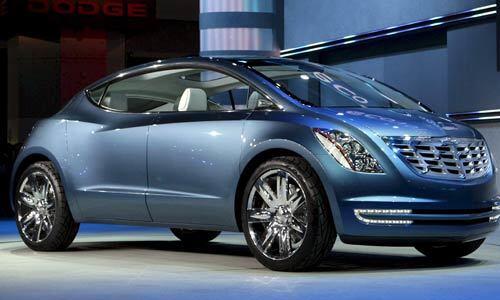
Chrysler ecoVoyager
Chryslers flagship electric vehicle concept in Detroit was the ecoVoyager, a stylish four-door, four-passenger transporter that uses a lithium-ion battery back with a small, range-extending hydrogen fuel cell to power its front-drive electric motor. Its range is 300 miles with no emissions.
To spearhead the design and development of electric-drive vehicles, Chrysler formed an in-house niche organization called ENVI to coordinate the companys propulsion technology efforts across the Jeep, Dodge and Chrysler brands. Theyre hoping these concepts get into production to become the, well, envy of the industry. (Rob Widdis / EPA)
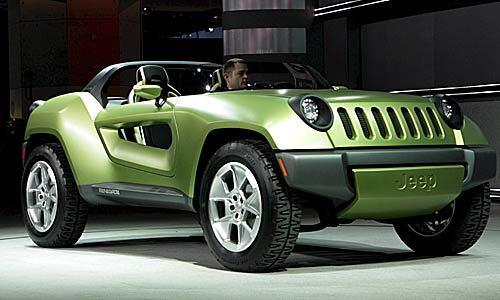
Jeep Renegade
The first of three very different plug-in hybrid electric vehicle concepts shown by Chrysler was the Jeep Renegade, an eco-friendly, personal-size off-roader. The open-air Renegade concept uses a lithium-ion battery pack to drive the electric motor on each axle, good for rolling up to 40 miles.
Range is extended to 400 miles via a small-displacement Bluetec diesel generator that gives the concept a combined 110-mpg fuel economy rating. Whats more, Renegade features a one-piece molded interior compartment tub that can be hosed out to clean, as well as a lightweight composite body with molded-in, no-gloss color to avoid the use of solvent-based paint. (Rob Wddis / EPA)
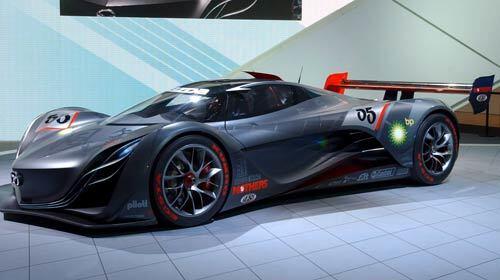
Mazda Furai
Among the most dramatic concept designs unveiled in Detroit was the Mazda Furai (Japanese for sound of the wind and pronounced fu-rye). As the name implies, the shape of this race-car-inspired vehicle looks as if it were formed by wind rushing past its surfaces at high speed. The roar from revving its ethanol-fueled, 450-horsepower three-rotor engine may still be echoing in Cobo Hall as you read this.
Furai wasnt built to hint at Mazda production cars to come but rather to celebrate a company that is steeped in road racing and whose mantra has been to add a little Zoom-Zoom in everything it makes. (Charlie Cortez/ EPA)
Advertisement
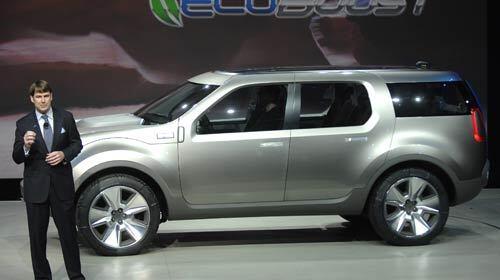
Ford Explorer America
Ford didnt invent the SUV, but its sales-leading Explorer defined an entire segment that has since shifted away from truck-based sport utilities and moved to car-based crossovers in search of fuel economy. The Explorer America concept clearly shows Fords blueprint for a smarter utility.
Thanks to a weight-saving unibody platform and a 2.0-liter EcoBoost direct-injection turbocharged four-cylinder engine that runs on E85 ethanol, the concept gets a whopping 25% better fuel economy than todays Explorer -- and yet still sports some towing and off-road capability. (Bryan Mitchell / Getty Images)

Ford Verve
Why should Ford sell one of the best small cars in Europe and yet not have a high-quality, fuel-efficient import fighter here at home? Why, indeed! Thats the idea behind the Ford Verve Concept -- which shows that Fords upcoming small car for North America is out to prove that high style, quality and fuel economy can be had in an affordable, feature-filled, entry-level car.
Theres more riding on the Verve than merely Fords global product development vision. The Verve could be the game changer that Ford has been searching for. Beating the Japanese automakers at their own game with a desirable, successful small car may be the key that starts Fords return to product glory. (Bryan Mitchell / Getty Images)
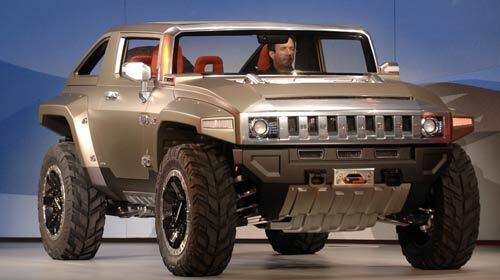
Hummer HX Concept
Targeted directly at the Jeep Wrangler, the Hummer HX concept was designed as an open-air off-roading two-door (both removable, of course, as on the Jeep) that should appeal to young outdoor types. An E85 flex-fuel 3.6-liter V-6 powers its four-wheel-drive system through a six-speed automatic. Basically, its a design study for a future Hummer H4 expected for 2011.
Part of this little Hummers Transformers look comes from a pair of removable roof panels above the driver and front passenger, as well as a removable rear roof assembly that turns the cargo hold into an open bed. If production gets the green light, expect a more conventional design. (Bryan Mitchell / Getty Images)
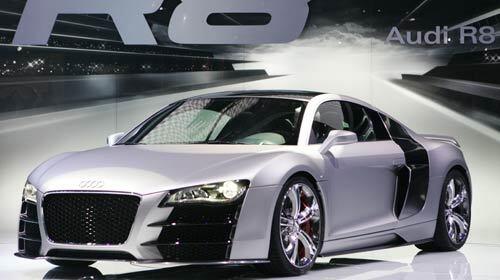
Audi R8 V-12 TDI
Audi teased performance enthusiasts by presenting a concept car based on its flagship R8 coupe fitted with the first-ever 12-cylinder diesel engine in a road-going sports car. This motor-sports-inspired 6.0-liter turbo-diesel powertrain cranks out 500 horsepower and makes an amazing 738 foot-pounds of neck-snapping torque, all wrapped in an image-building supercar package.
Audi won the famed 24 Hours of Le Mans race with a V-12 diesel-powered racer back in 2006, and the V-8-powered Audi R8 performance coupe was launched last spring to critical acclaim. (Paul Sancya / Associated Press)



